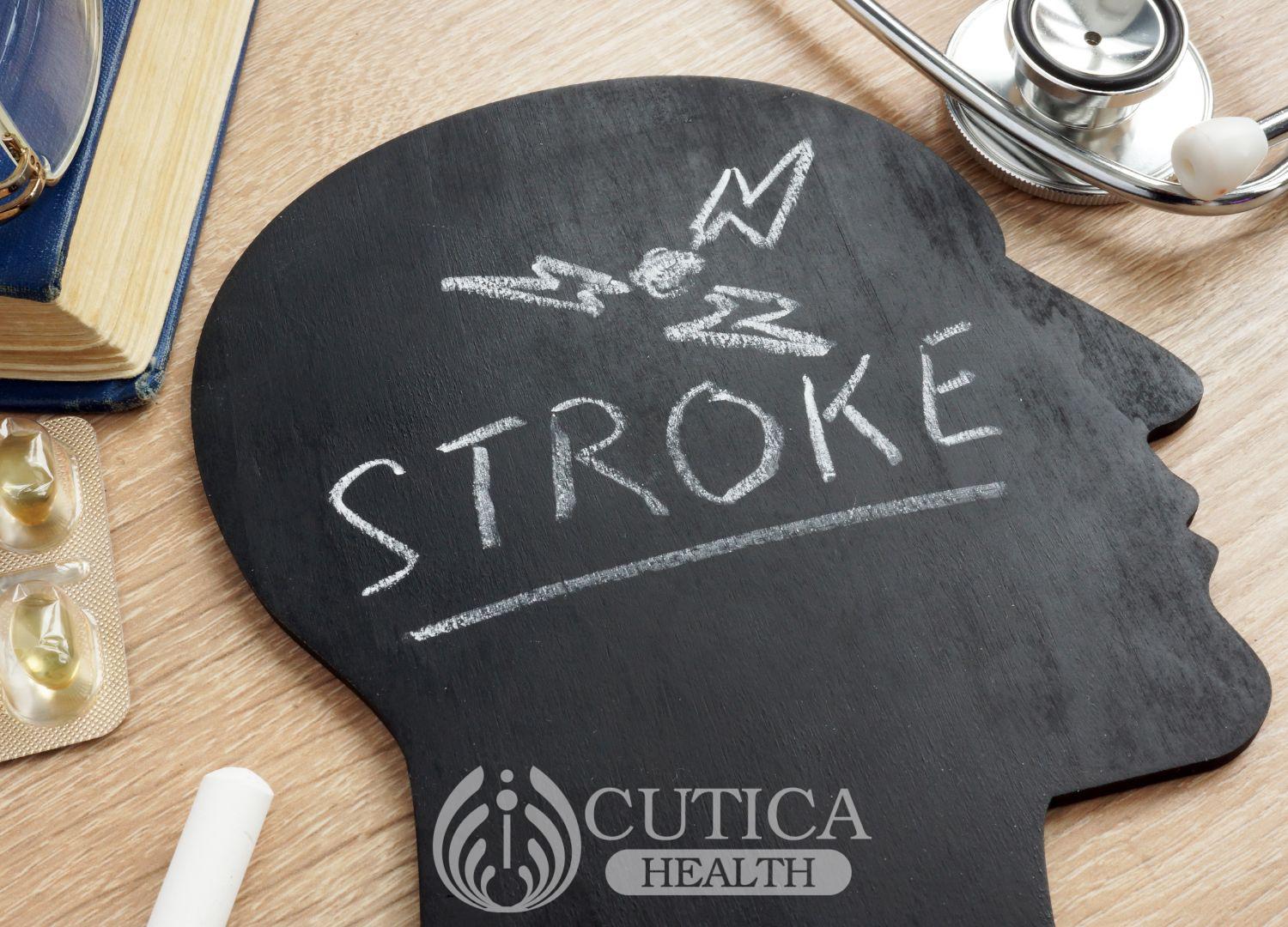
The thyroid is a small gland that produces an essential hormone called thyroid hormone. What happens when this organ is overactive or underactive? The answer is- a lot, as Hannah found out.
Hannah is a previously healthy 30-year-old mother of three with unexplained weight loss.
The weight loss came out of the blue, and forcing herself to eat three full meals daily did not reverse it. Initially, Hannah blamed the weight loss on her stressful life. Later, she became depressed, thinking she must have cancer or AIDS.
Her first tests turned out normal. No AIDS, no diabetes, no cancer. Hannah’s mood improved, but not her weight. When palpitations and insomnia started, her doctor performed more tests and found the problem- an overactive thyroid (hyperthyroidism)!
The thyroid gland and disorders defined
The thyroid is a small gland that is shaped like a butterfly and positioned in front of the trachea (windpipe), just below the Adam’s apple. The thyroid is not easily visible or palpable unless it is enlarged.
Thyroid disorders stem from an imbalance in thyroid hormone produced by this gland. Thyroid hormone is responsible for metabolism and other essential functions.
The major thyroid disorders are hyperthyroidism (overactive thyroid), hypothyroidism (underactive thyroid), and goiter (enlarged thyroid).
Hyperthyroidism
Hannah had some of the common symptoms of overactive thyroid. The symptoms result from having too much thyroid hormone in the blood, leading to excessive metabolism. Overactive thyroid is typically due to one of two conditions:
· Graves’ disease, an autoimmune disorder in which antibodies cause harm to normal cells. Graves’ disease is the most frequent cause of overactive thyroid. It is more prevalent in women and tends to run in families.
· Hyperactive thyroid nodule that produces too much hormone.
In addition to weight loss, common features of overactive thyroid include:
· restlessness, poor concentration, fatigue
· palpitations (sensation of a rapid heartbeat)

· insomnia
· heat intolerance
· hair loss
· irregular menses in women
· the eyes may bulge out, a sign known as exophthalmos, which is associated with Graves’ disease
Hypothyroidism
Hypothyroidismor underactive thyroid is the opposite of hyperthyroidism. It reflects having too little thyroid hormone in the body and is often due to an autoimmune process. Many of the symptoms are the opposite of those seen with overactive thyroid:
· weight gain
· cold intolerance
· depressed mood
· slow heart rate
· Other symptoms overlap with those of overactive thyroid such as forgetfulness, poor concentration, and fatigue
Goiter
Have you ever seen someone with a lump in front of their neck? This is likely due to goiter or enlarged thyroid gland. Goiter can either be symmetrical (both thyroid gland lobes enlarged) or one-sided. Worldwide, the most common cause of goiter is a diet deficient in iodine. Not all thyroid lumps are due to simple goiter as cancer can rarely show up in the thyroid as an enlarging lump.
Diagnosis and treatment of thyroid disorders

Only your doctor can diagnose a thyroid disorder. By piecing together symptoms, family history, and results of physical examination, blood tests and special scans, a correct diagnosis can be made and underlying cause identified. Sometimes a sample of the thyroid gland is taken and examined to come to the right diagnosis. Treatment can range from oral medications to use of special radiation or surgery, depending on what is being treated. In most cases, long-term follow-up and monitoring is required to keep thyroid hormone level in the normal range.












